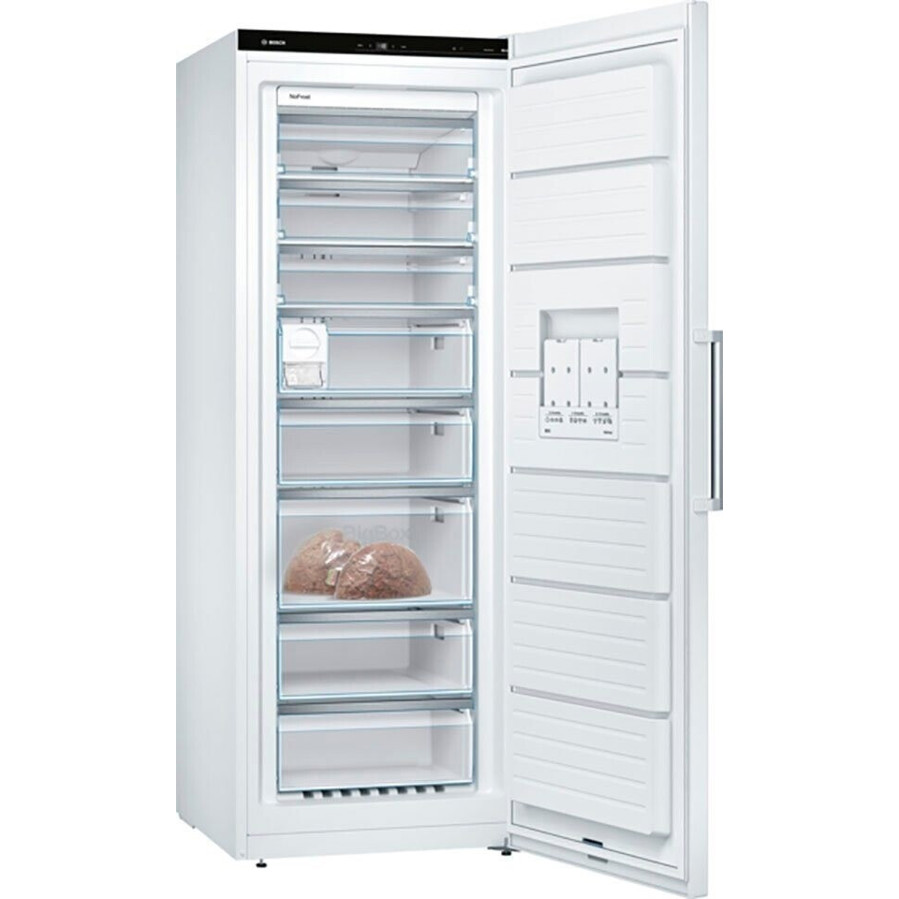It's The Ugly Reality About Small Chest Freezer Test
Small Chest Freezer Test: An In-Depth Review
The compact nature of small chest freezers makes them a popular option for families seeking to take full advantage of storage without compromising too much space. Whether it's for bulk purchasing food, meal prepping, or merely keeping seasonal items, these appliances can make a substantial distinction in food preservation and company. In Trivio Handel , we'll dive deep into the functions, performance, and utility of small chest freezers based on extensive testing.
Comprehending Small Chest Freezers
Before we delve into the test results, let's clarify what a small chest freezer is. Generally, a small chest freezer is specified as a freezer with a capacity of 5 to 10 cubic feet— ideal for homes or homes with limited storage space. Here's a brief introduction of the advantages and disadvantages associated with these freezers:
Advantages
- Area Efficiency: Small chest freezers inhabit minimal flooring space.
- Energy Efficiency: Most small freezers consume less power than larger systems, resulting in lower energy bills.
- Temperature Retention: These freezers normally keep a constant temperature level better than upright freezers, particularly when the lid is opened.
Downsides
- Minimal Accessibility: Items saved at the bottom may be difficult to reach without unloading.
- Handbook Defrosting: Many small chest freezers require manual defrosting, which can be cumbersome.
- Less Visibility: Bulk products can obscure smaller sized items, resulting in circumstance where things might be forgotten.
Testing Methodology
In our test, a number of small chest freezers from different brand names were examined based on key efficiency metrics:
- Energy Consumption: Measured in kilowatt-hours (kWh) over a month.
- Temperature Consistency: Checked using numerous thermometers to evaluate changes.
- Functionality Features: Analyzed shelves, bins, and ease-of-access.
- Noise Level: Measured with a decibel meter while the system was running.
- Capacity Utilization: Assessed how well the freezers are designed in regards to functional storage area.
Checked Models
The following designs were selected for screening:
Brand
Design
Capability (Cubic Feet)
Energy Rating
Price (Approx)
Brand A
ACF-5
5
4.2
₤ 200
Brand B
BCF-7
7
3.8
₤ 250
Brand C
CCF-9
9
4.0
₤ 300
Brand D
DCF-5
5
4.5
₤ 180
Brand name E
ECF-6
6
4.1
₤ 220
Efficiency Results
Energy Consumption
The energy intake test was vital in identifying the long-lasting expenses of running each model.
Brand name
Month-to-month Energy Consumption (kWh)
Annualized Cost (Approx)
Brand A
30
₤ 45
Brand B
36
₤ 54
Brand name C
32
₤ 48
Brand name D
28
₤ 42
Brand name E
31
₤ 46
Based upon the tests, Brand D emerged as the most energy-efficient design, requiring the least energy to operate.
Temperature level Consistency
A constant temperature level is vital for food conservation. We monitored temperature levels inside all models over a week-long period.
Brand
Typical Temperature ( ° F)Fluctuation Range ( ° F)
Brand A
-2.0
-3.0 to 1.0
Brand name B
-1.5
-2.5 to 0.5
Brand name C
0.0
-1.0 to 1.0
Brand D
-3.5
-4.0 to -2.0
Brand E
-1.0
-2.0 to 0.5
Brand name D also stood out in keeping the most constant temperature level, essential for long-term storage.
Use Features
Ease-of-use features such as internal dividers and baskets are essential for efficient company.
Brand name
Number of Baskets
Interior Organizer
Lid Design
Brand name A
1
Yes
Flip-top
Brand B
2
No
Detachable cover
Brand C
1
Yes
Flip-top
Brand name D
2
Yes
Removable lid
Brand E
1
Yes
Flip-top
The detachable lid style of Brand B and Brand D stuck out, providing much easier gain access to, making them favorites among testers.
Sound Level
Noise levels were determined at various periods.
Brand name
Decibel Level (dB)
Brand A
40
Brand name B
42
Brand C
44
Brand D
39
Brand name E
41
Brand D shown to be the quietest design, a considerable aspect for those conscious noise or with open living areas.
Capability Utilization
Evaluating the usable capability was important to determine the total utility of the models.
Brand name
Usable Capacity (Cubic Feet)
Brand A
4.5
Brand B
6.5
Brand C
7.5
Brand D
5.0
Brand name E
5.5
Brand C used the available area most efficiently, using the highest functional capacity.
Final Recommendations
Based upon thorough screening, here are our top 3 recommendations for small chest freezers:
Brand D: Best Energy-Efficiency & & Quiet Operation
- Price: ₤ 180
- Notable Features: 2 baskets, outstanding temperature level consistency
Brand name C: Best Usable Capacity
- Price: ₤ 300
- Noteworthy Features: Flexible storage options, well-designed interior
Brand name A: Great for Budget-Conscious Shoppers
- Price: ₤ 200
- Significant Features: Lightweight and compact, enough for small households
Often Asked Questions (FAQ)
**Q: How long can food be saved in a chest freezer?A: Most foods preserve quality in a chest freezer for several months. Raw meats last 4-12 months, while frozen veggies can last 8-12 months. Q: Does a small chest freezer need
**a lot of electricity?A: Generally, small chest freezers are energy-efficient. Monthly consumption is generally between 30-40 kWh, depending upon the design. Q: How do I defrost my chest freezer?A: To thaw, unplug the system, get rid of
all products, and permit the ice to melt. You can
speed up the procedure by using a fan or placing hot water in a bowl inside. Q: Are small chest freezers noisy?A: Most small chest freezers run silently
. Try to find decibel scores below 45 dB for a quieter
appliance. In conclusion, small chest freezers can drastically improve your food storage capabilities when selected wisely. From energy efficiency to interior use, this guide equips you with all the details needed to purchase the best model for your home.  ****
****